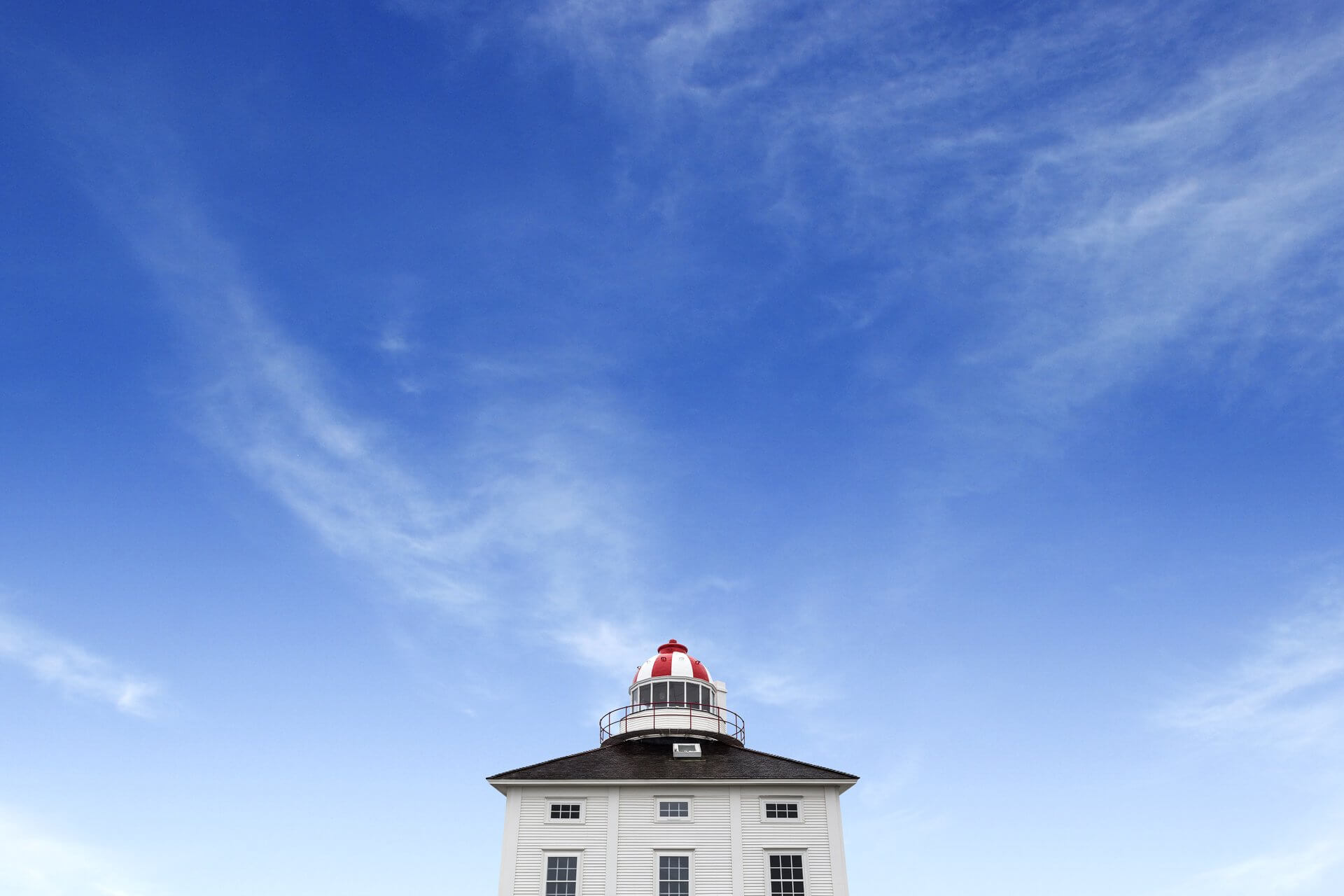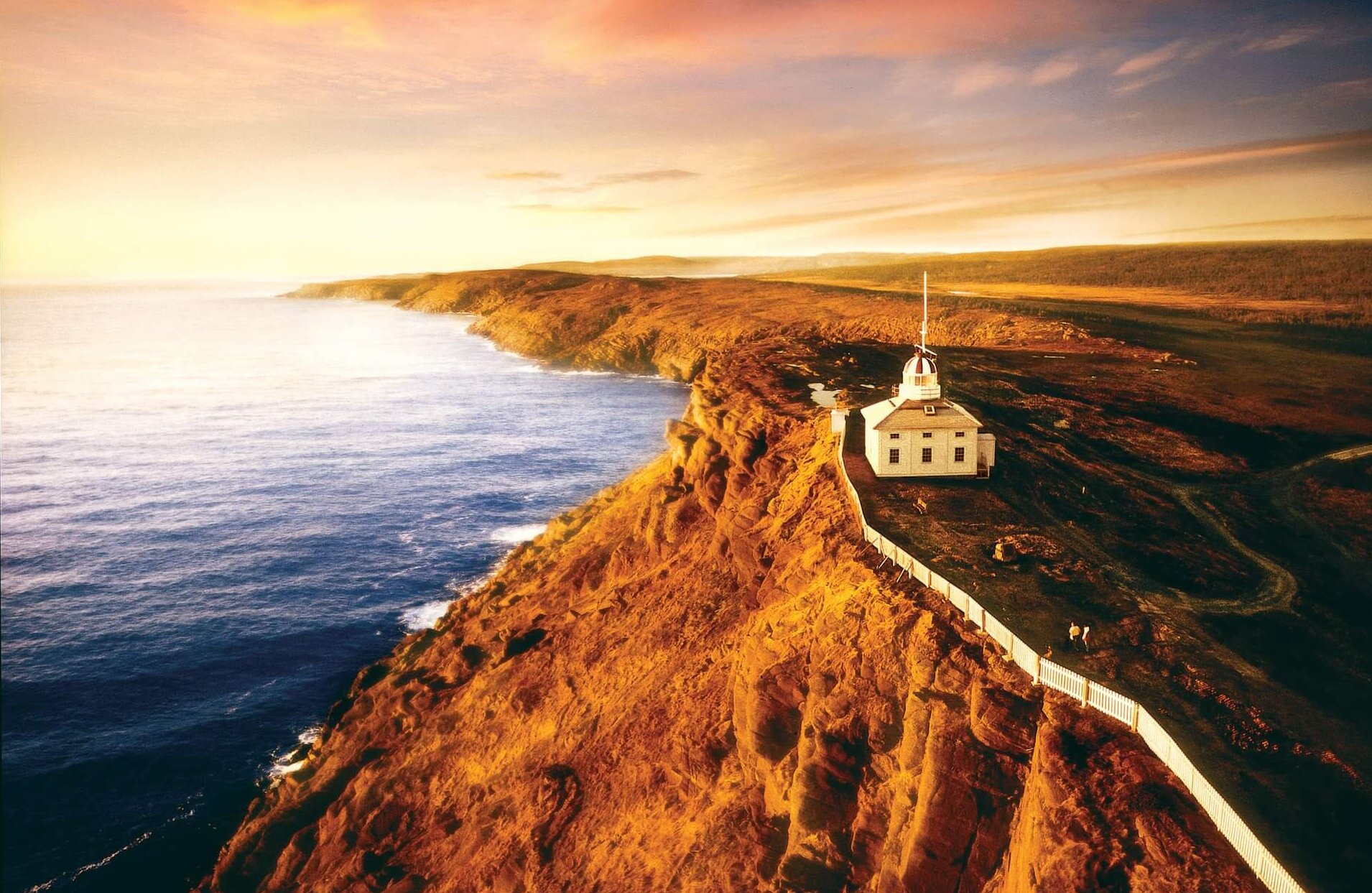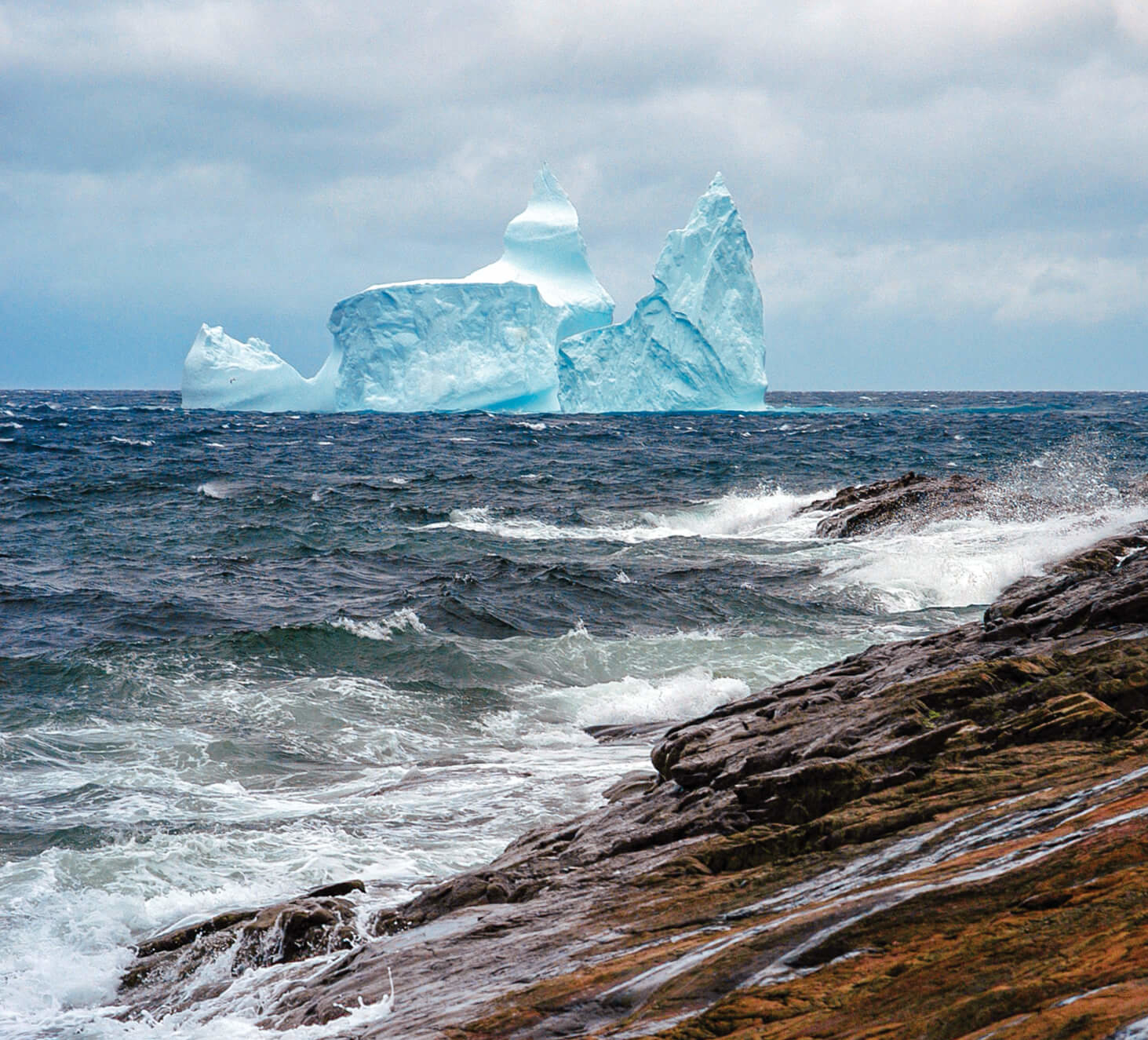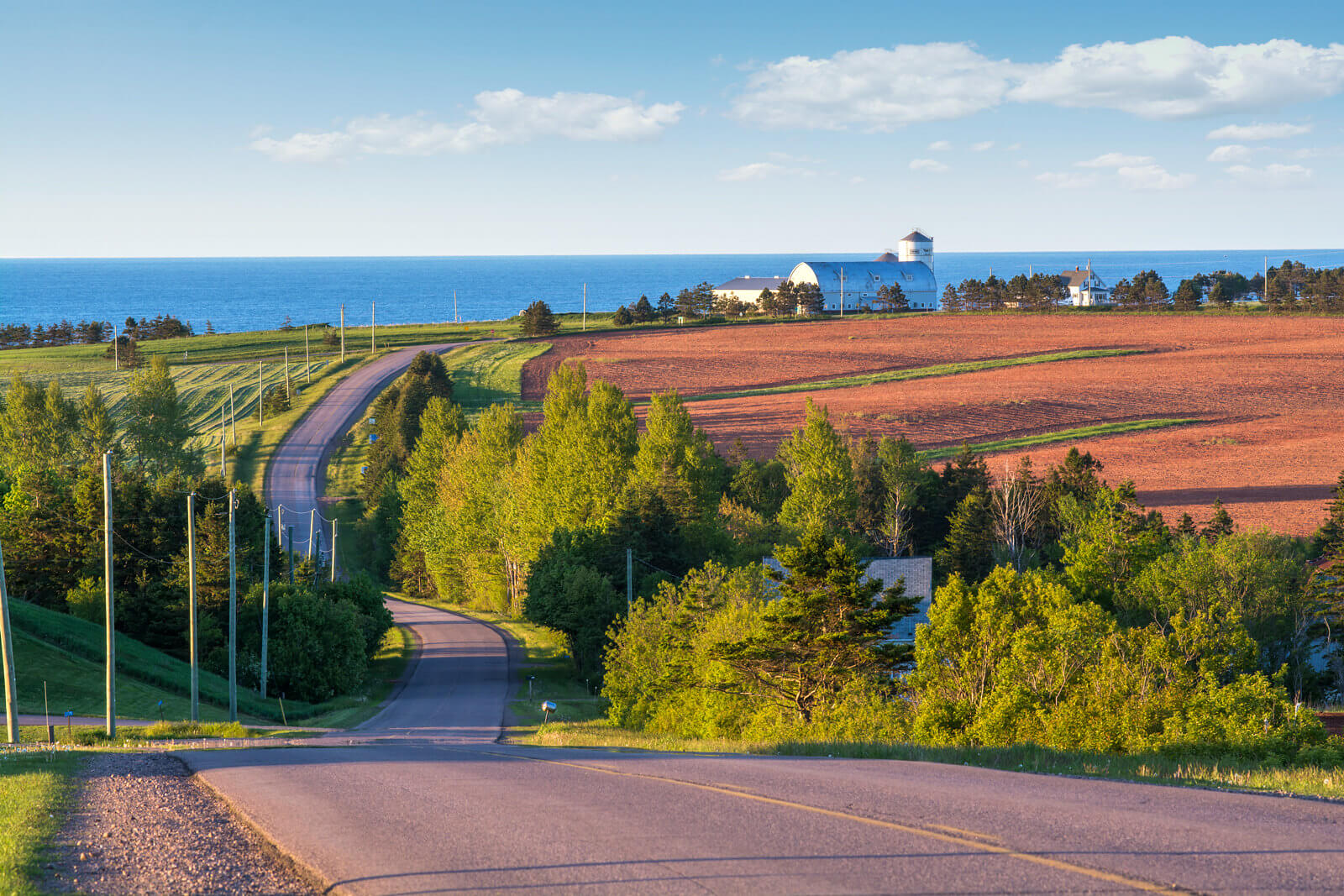Visiting Newfoundland’s Historic Cape Spear

Cape Spear Lighthouse National Historic Site, Avalon. Photo by Jason Hill c/o Newfoundland and Labrador Tourism
When visiting Newfoundland, there are many times when you’ll feel like you’re at the edge of the world — Gros Morne National Park, for example, or a visit to Fogo Island — but if you really want the distinction of standing on the end of the continent, head to Cape Spear National Historic Site.
This jagged headland that juts out from Newfoundland’s Avalon Peninsula is the easternmost point on the continent. Standing on the edge, you’ll have the open Atlantic Ocean on one side and the entire continent of North America to the other side. No other landmass on the eastern seaboard is further east than here and it is clear sailing straight to Europe.
For many, a visit to North America’s easternmost point is a bucket-list destination. The good news is that Cape Spear is an easy 25-minute drive from St. John’s, the province’s capital. Once you arrive, you’ll be astounded by the cape’s wild beauty.
Let’s take a closer look at all you can experience at Cape Spear.
Be the first to see the sun rise over North America
As the easternmost point on the continent, Cape Spear has the distinction of being the first place in North America to welcome a new day. You’ll have to arrive in the dark so be sure to pack a flashlight and wear layers of warm clothing. The wind here can be quite fierce. Sit high on the bluff and have a front-row seat to the dawn of a new day.
Explore the oldest lighthouse in Newfoundland
The Cape Spear lighthouse has stood on a high bluff overlooking the Atlantic — watching icebergs, whales, ships and storms go by — for more than 187 years. Built in 1835, it began operating in 1836 and is the oldest surviving lighthouse in Newfoundland and Labrador. It was designated a National Historic Site in 1975 by Parks Canada.
Over the years, the lighthouse facade changed several times but the structure you see today — a square building with a domed light tower on top — has been restored to its early 19th century splendour. Tours allow visitors to step inside and see what life was once like on this isolated patch of land for the lighthouse keeper and his family.
Visit the WWII Gun Battery
During the Second World War, Cape Spear became the site of a coastal defence system, part of defending the continent from the threat of German submarines. From 1941 to 1945, troops were stationed on the cape and manned two 10″ guns that had been placed here. After the war, most of the structures were taken down but the guns and bunkers remain as a reminder of the military history of the place.
Hike the Cape Spear Path of the East Coast Trail
Newfoundland’s East Coast Trail is an interconnected wilderness hiking system that connects Topsail Beach to Cappahayden in 25 stunning trails. One of those trails — the aptly named Cape Spear Path — is a 15.4 km (one way) hike from Blackhead to Maddox Cove that offers beautiful views of the cape.
Watch whales and icebergs from shore
Depending on the season in which you visit, Cape Spear is a wonderful place to see some of Newfoundland’s famous ‘giants’ right from shore. During late spring and early summer (typically May-June are best but each year is different), you can catch glimpses of floating icebergs.
In mid May, whales begin to show up along the shores of Newfoundland and can often be seen from land. Whales populate the waters here until September, but typically the best time to see them is during the summer months of July and August.
Read more about watching icebergs in Newfoundland and learn about whale watching in Canada with Landsby’s Ultimate 2023 Guide To Whale Watching In Canada.
Inspired to travel? Contact us!



















Pingback: A Landsby Spotlight On St. John's - Landsby